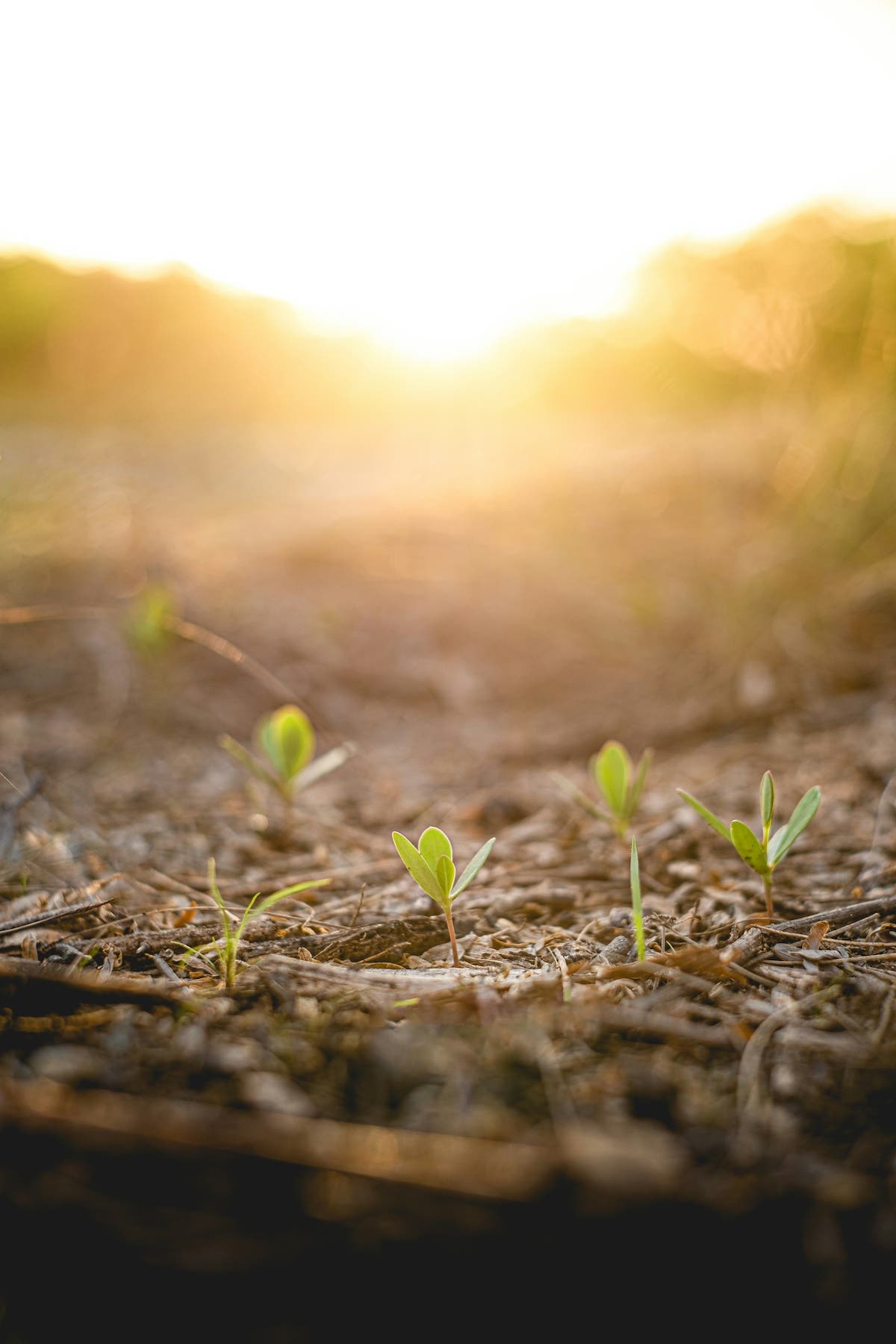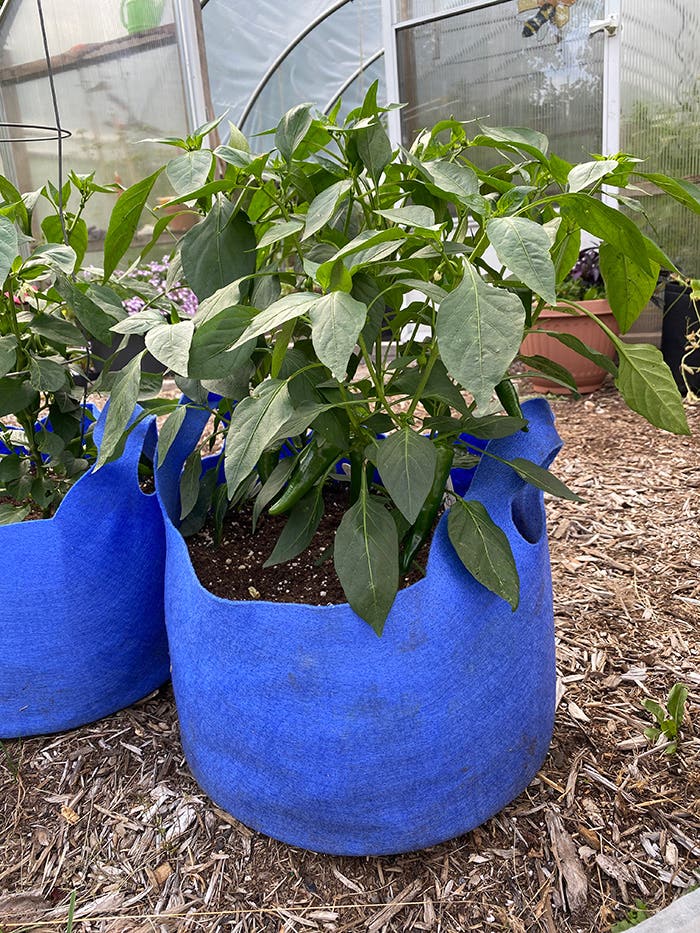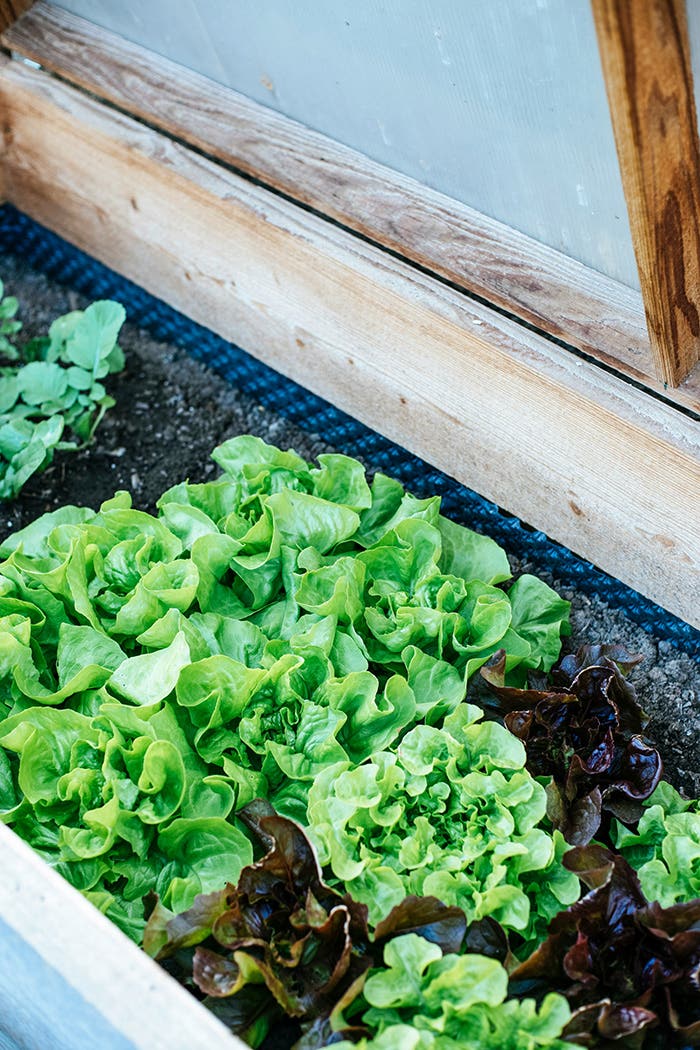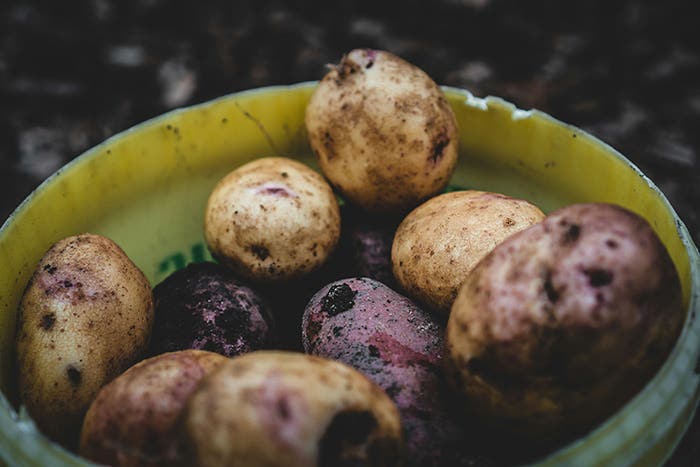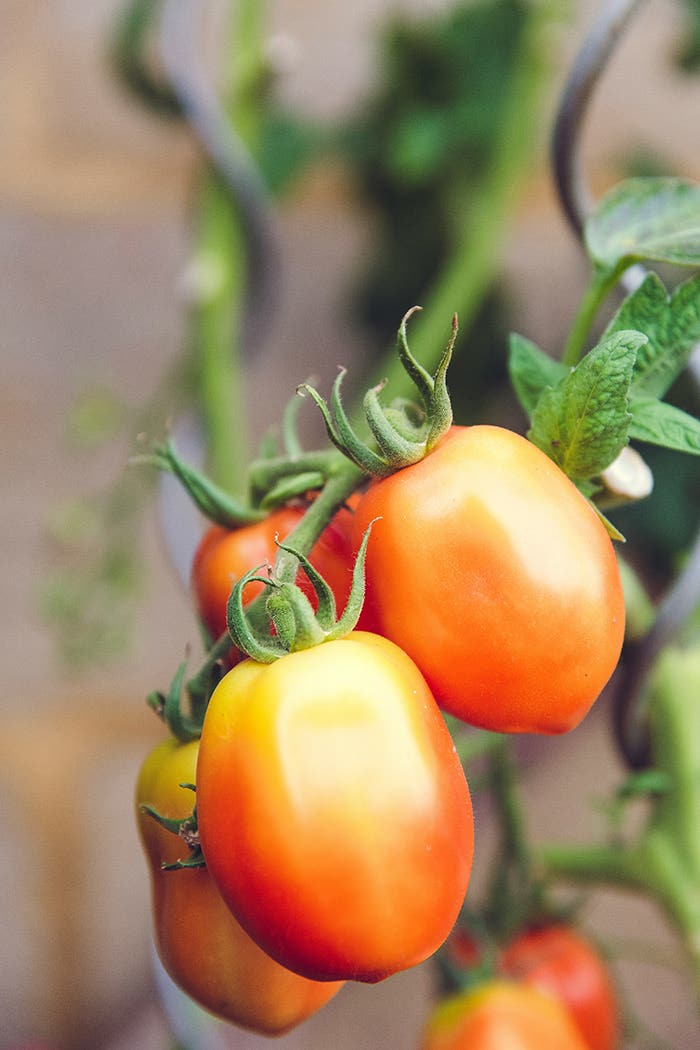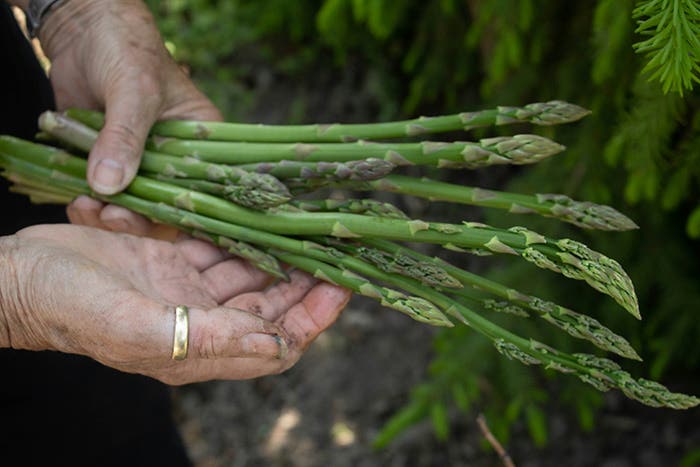Best Basils to Grow for a Range of Flavors
Basil can be sweet, spicy, citrusy and more.
Basil, the undisputed queen of summer in the herbal realm, is a staple for many home growers who adore its aromatic and flavorful nature. If you don’t already grow basil, there are plenty of reasons you should.
Originating in Southeast Asia and central Africa, basil found its way around the world thousands of years ago, even referenced by Aristotle as basilkon. It’s no surprise the types of basil are as varied as the cultures that use them.
That said, when most Americans think of basil, we typically envision the ever popular sweet basil (Ocimum basilicum; USDA Zones 9–11). Yet we are blessed with varieties of all shapes, sizes and colors. There is even a delicious world beyond the traditionally sweet (yet pepper-tinged) flavor. Cultivars run the gamut of fragrance and flavor from citrus to cinnamon, opening endless options in the garden and the kitchen.
This year, grow a tried-and-true variety and experiment with one or two of the less usual types.
Sweet Basils
Kenan and Briscoe White, owners of The Growers Exchange in Virginia, have their fingers on the pulse of popular basil varieties. Kenan cites the Italian ‘Genovese’ as one of their top picks. With a midsize, slightly crinkled leaf, 'Genovese' has the quintessential characteristics for those who prefer a traditional Italian flavor.
Although ‘Genovese’ takes center stage in the culinary realm, others deserve a place in the kitchen. The mammoth ‘Lettuce Leaf’—with a flavor more on the sweet side—is an excellent choice in sandwiches, pasta dishes and as the centerpiece in a caprese salad. ‘Lettuce Leaf’ is slow to bolt, or produce flowering stems in detriment to foliage. For a stronger flavor, try ‘Romanesco’, which has a higher oil content and subsequently a richer aroma. Typically reaching 24 inches tall, it is a prolific producer.
Basil is one of those herbs that lends itself well to small spaces. Given a rich planting medium and adequate drainage, it’s a good candidate for containers placed near the kitchen door. An excellent variety for pots is the 14- to 18-inch-tall 'Emily', which offers the traditional flavor in a diminutive size.
Basil truly deserves respect as a beautiful plant. "I use a lot of my basil for the foliage in my flower arrangements." says Kenan, adding that you can incorporate basil flowers into bouquets as well. "They do bloom all summer, but those are not going to be the ones I use for cooking."
‘Cardinal’ is aptly named, given its large cluster of brilliant red flowers that make the plant resemble celosia. The aroma of the deep green leaves reveals its true identity. You’ll want to pinch off those beautiful flowers before they fully form to prevent the foliage from becoming bitter if you want to use ‘Cardinal’s strong anise flavor in the kitchen.
The mounded, cinnamon- or clove-like ‘Spicy Globe’ is a conversation piece. It's handy to pluck a few of its small leaves for dishes, instead of cutting up large ones of other varieties. It’s slow to bolt, but if you want to grow it for its tidy foot-tall and rounded appearance, you should still shape the plant before flowers form.
Purple Basils
While most people know how delicious basil is, many overlook how beautiful it can be in the garden. Adding purple basil to your vegetable or flowerbed is a good way to start exploring the herb’s ornamental potential. Purple basil continues to shine when it’s used fresh and raw, retaining its beautiful color. Pair it with vibrant gold tomatoes or use it in fruit salads for a stunning effect. It also turns lemonade a lovely pink hue and its flavor mixes well in this sweet-sour beverage. Beyond these ideas, use purple basil just like sweet basil, although the purple sometimes turns out darker than expected in some dishes.
‘Purple Ruffles’ earned its All-America Selection status in 1987 and it has remained a favorite ever since. With fringed and crinkled deep purple leaves, it is a striking plant with a strong flavor to match. It doesn't grow quite as vigorously in the North as in warmer regions, but it will still reach 16 to 18 inches there.
The darkest purple basil, ‘Amethyst Improved’, is also the only Genovese-type among the purples, making it a double standout. With its two-inch, shiny, almost black leaves it colorfully brings a familiar basil flavor we expect to the kitchen.
Meanwhile the Mediterranean ‘Corsican’ has a unique appearance, thanks to its small purple-mottled green leaves. Its beloved for its spicy flavor, which shines best when the leaves are used fresh alongside sliced fruit or tomatoes or in cold salads.
Citrus Basils
Most people describe the flavor of basil with anise, menthol or minty. Citrus basils bring a strong lemonlike flavor to many dishes.
Lemon basil (O. basilicum var. citriodora) typically has small leaves, but it packs a big punch of flavor. One of the culinary favorites is the heirloom ‘Mrs. Burns’, renowned for its strong citrus tones. It grows up to 24 inches tall and half as wide, so give it plenty of space in the garden or a container.
Lime basil (0. americanum) tends to be milder than the other citrus basils, but its bright flavor is still desirable in salads and other dishes, especially paired with lemon basil. Growing between 16 and 24 inches tall, it holds its own in an herb or vegetable bed.
Thai Basils
With its distinct licorice and spicy flavor, Thai basil is a staple for those who love Southeast Asian cuisine. It’s versatile beyond the kitchen, too. One of the most desired varieties is holy, or Tulsi, basil (0. sanctum), revered for its medicinal and religious qualities particularly in Hindu culture, where Tulsi is a plant goddess.
Kenan and Briscoe White began growing it upon the request of their customers, but it wasn’t easy—they couldn't source 0. sanctum seed. "It took us about three years to find the actual Tulsi seed," says Kenan. Now it is one of the top 10 sellers among all of their herbs.
Holy basil is challenging to germinate compared to sweet basil, and it offers smaller leaves from a plant that grows approximately 18 inches tall. Use it as a tea or in any dish were you want a spicy kick of flavor.
With purple stems and pinkish-purple flowers, ‘Siam Queen’ (0. b. var. thyrsiflora 'Siam Queen') is a striking addition to the garden as well as a must-have for those who enjoy Thai-inspired dishes. It has a spicy flavor with undertones of licorice and clove.
There are so many beautiful basil varieties, you can't grow just one. Whether you’ve grown basil for years or you’re new to food gardening, expand your horizons by adding an unusual cultivar or two to the garden. You might just find a new favorite.

